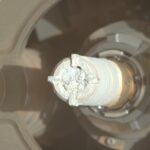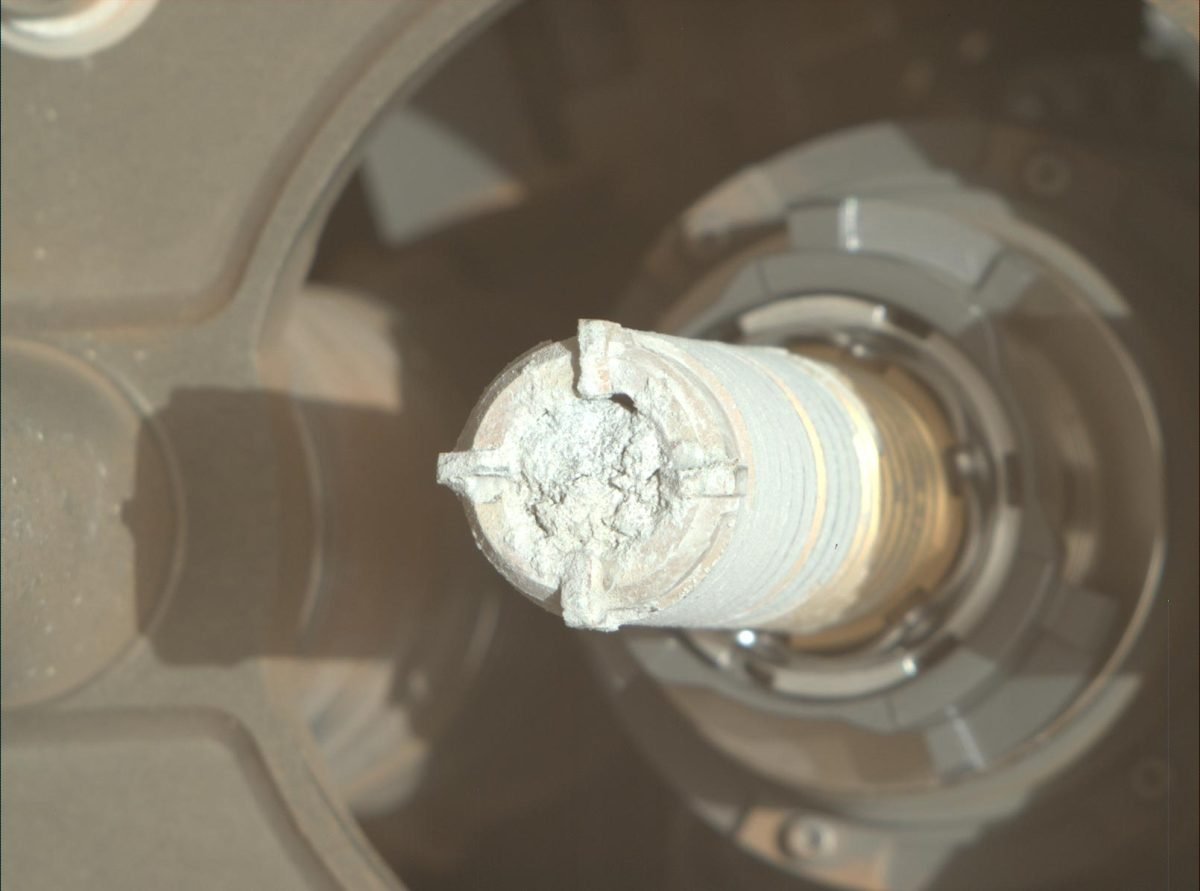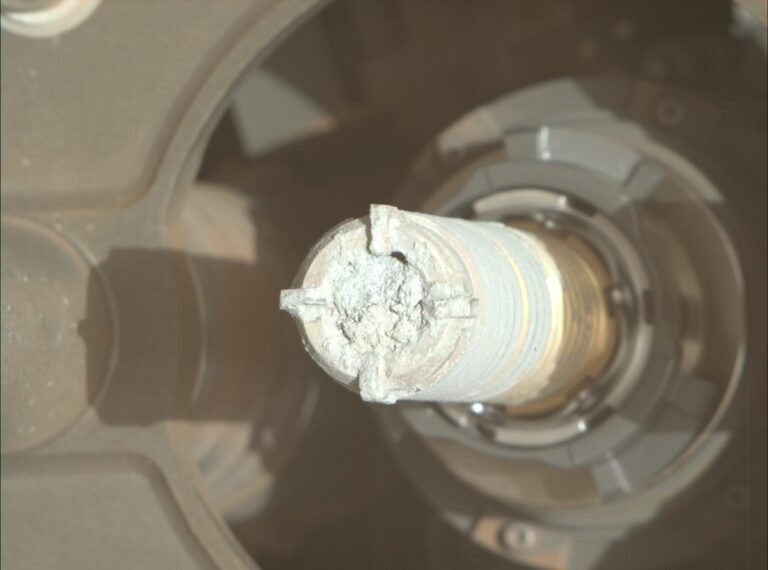In a monumental leap forward for planetary science, NASA’s Perseverance rover has made an extraordinary discovery at the rim of Jezero Crater on Mars — what scientists are calling a “geologic goldmine.” This landmark finding could unravel the Red Planet’s mysterious past and bring humanity one step closer to answering the age-old question: Was there ever life on Mars?
Jezero Crater: A Prime Location for Martian Exploration
Located in Mars’ northern hemisphere, Jezero Crater was chosen as Perseverance’s landing site for a reason — its ancient river delta and basin once held a lake, making it a high-potential zone for finding signs of past microbial life. The crater is approximately 45 kilometers wide and believed to have been home to persistent water around 3.5 billion years ago.
Since its dramatic touchdown in February 2021, the Perseverance rover has been diligently exploring this Martian landscape, equipped with cutting-edge instruments to collect samples, analyze rock formations, and search for organic compounds.
The Geologic Goldmine: A Breakthrough at the Rim
After years of strategic navigation and data analysis, Perseverance has reached the rim of Jezero Crater, where its instruments detected highly diverse and mineral-rich rock formations. According to NASA scientists, this area reveals layers of geologic history spanning millions of years, preserved in a way rarely seen on Mars.
The rover’s instruments, including the PIXL (Planetary Instrument for X-ray Lithochemistry) and SHERLOC (Scanning Habitable Environments with Raman & Luminescence for Organics & Chemicals), have identified:
Carbonate-rich rocks, which are known to trap biosignatures.
Layered sedimentary deposits, suggesting repeated water activity.
Unusual mineral veins, potentially indicating volcanic or hydrothermal processes.
These findings suggest that the rim of Jezero Crater could hold key evidence of ancient habitable environments, and perhaps even preserved organic matter.
What This Means for the Search for Life
One of the primary goals of the Mars 2020 mission is to search for signs of ancient microbial life. The unique geologic structures found at the crater rim serve as ideal repositories for such biosignatures.
Carbonates are especially significant, as they can form in the presence of water and have the potential to trap organic molecules. The detection of these carbonates strengthens the theory that Jezero Crater once had the right conditions to support life.
Moreover, sedimentary layering suggests long-term water activity — not just a one-time flood, but perhaps a stable lake environment over thousands or even millions of years.
Perseverance’s Rock Core Samples: Preparing for Mars Sample Return
To further analyze this Martian treasure trove, Perseverance has already begun drilling and collecting core samples from the crater rim. These samples are stored in sealed titanium tubes and will be deposited at a future cache location for retrieval by the Mars Sample Return (MSR) mission, planned jointly by NASA and ESA (European Space Agency).
Once returned to Earth — possibly by the early 2030s — these samples will undergo high-precision laboratory analysis that could detect minute traces of ancient microbial life or clarify the planet’s climatic history.
A Technological Triumph
Perseverance is not only a scientific marvel but also a triumph of engineering. It features a suite of 19 cameras, a mini weather station, and the historic Ingenuity helicopter, which continues to assist with aerial reconnaissance.
Reaching the rim of Jezero Crater and successfully analyzing its rocks is a technical milestone. The terrain is rugged and steep, requiring careful planning and real-time autonomy by Perseverance’s AI-driven navigation systems.
Global Excitement and the Future of Mars Exploration
The discovery at Jezero’s rim has generated excitement across the global scientific community. Social media platforms like Twitter, Instagram, and Reddit are buzzing with animated videos and images from the rover, showing stunning views of the Martian cliffs and layered rock faces.
This finding not only strengthens the case for Mars’ watery past, but also renews interest in future human exploration. NASA’s Artemis program, which aims to return astronauts to the Moon, is seen as a precursor to sending humans to Mars in the next couple of decades.
Conclusion: Unearthing Mars’ Deepest Secrets
As Perseverance continues its mission across the Martian surface, its latest breakthrough at Jezero Crater marks a turning point in our understanding of the Red Planet. The rim’s complex geology and mineral richness provide scientists with a valuable window into Mars’ past — and potentially, into the earliest signs of life beyond Earth.
In the words of NASA’s Mars Science team, this is “a once-in-a-lifetime discovery,” and it’s only the beginning. Humanity’s pursuit of knowledge is accelerating, and with each wheel-turn of Perseverance, we dig deeper into the story of Mars — one dusty rock at a time.
NASA’s Perseverance rover uncovers a geologic goldmine at Jezero Crater’s rim, revealing minerals, carbonates, and signs of ancient water. This major Mars discovery could hold clues to life beyond Earth.

















+ There are no comments
Add yours